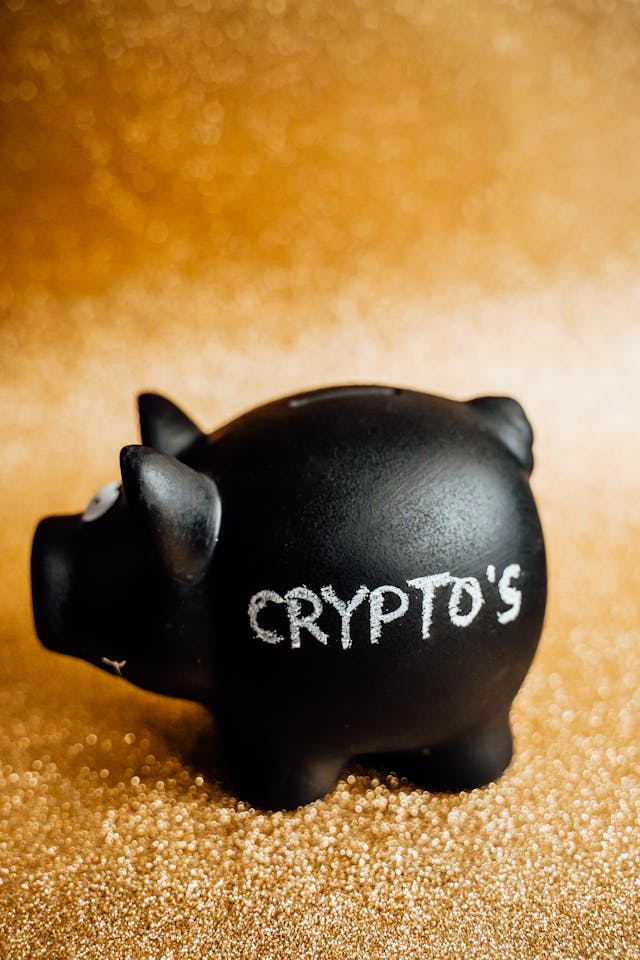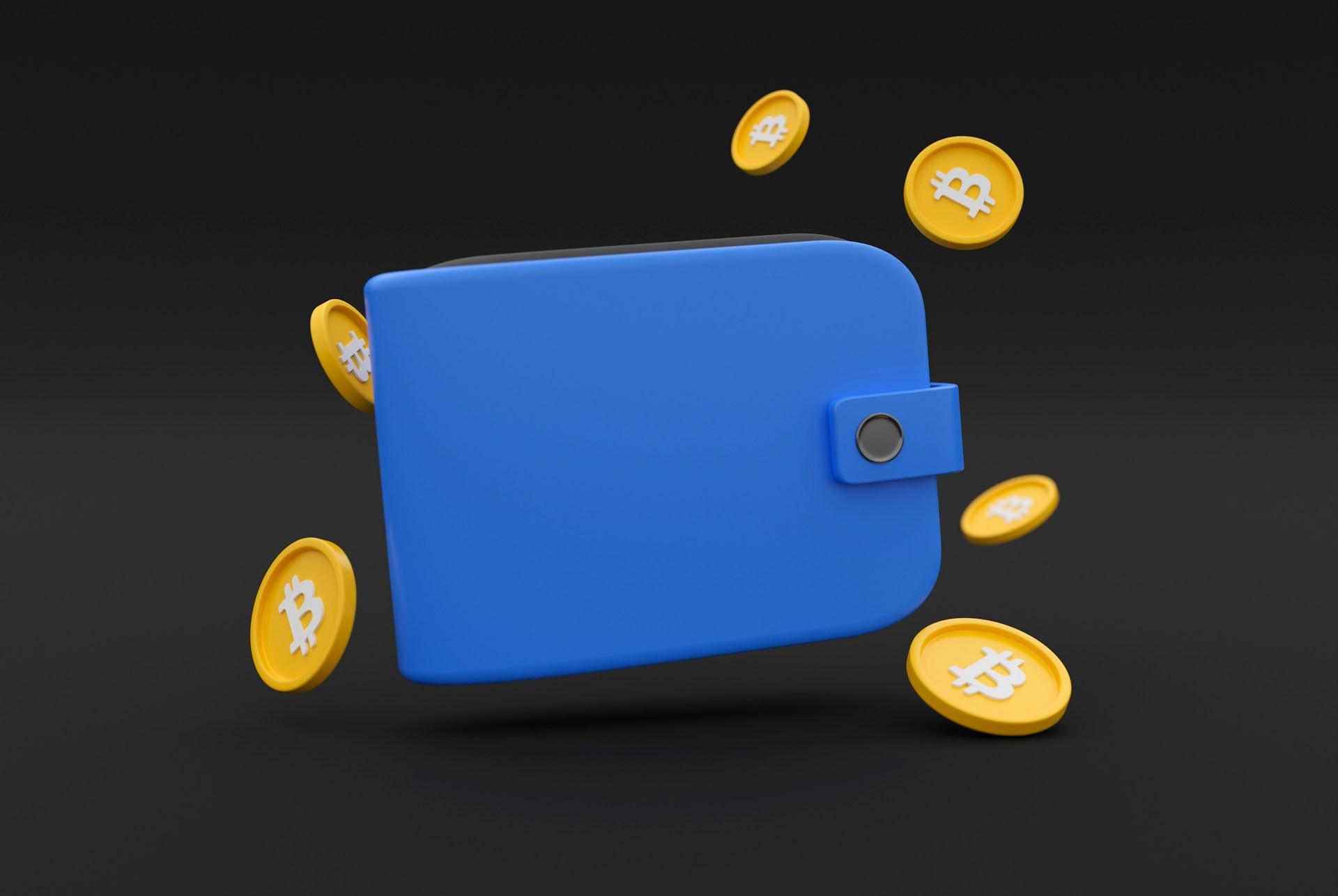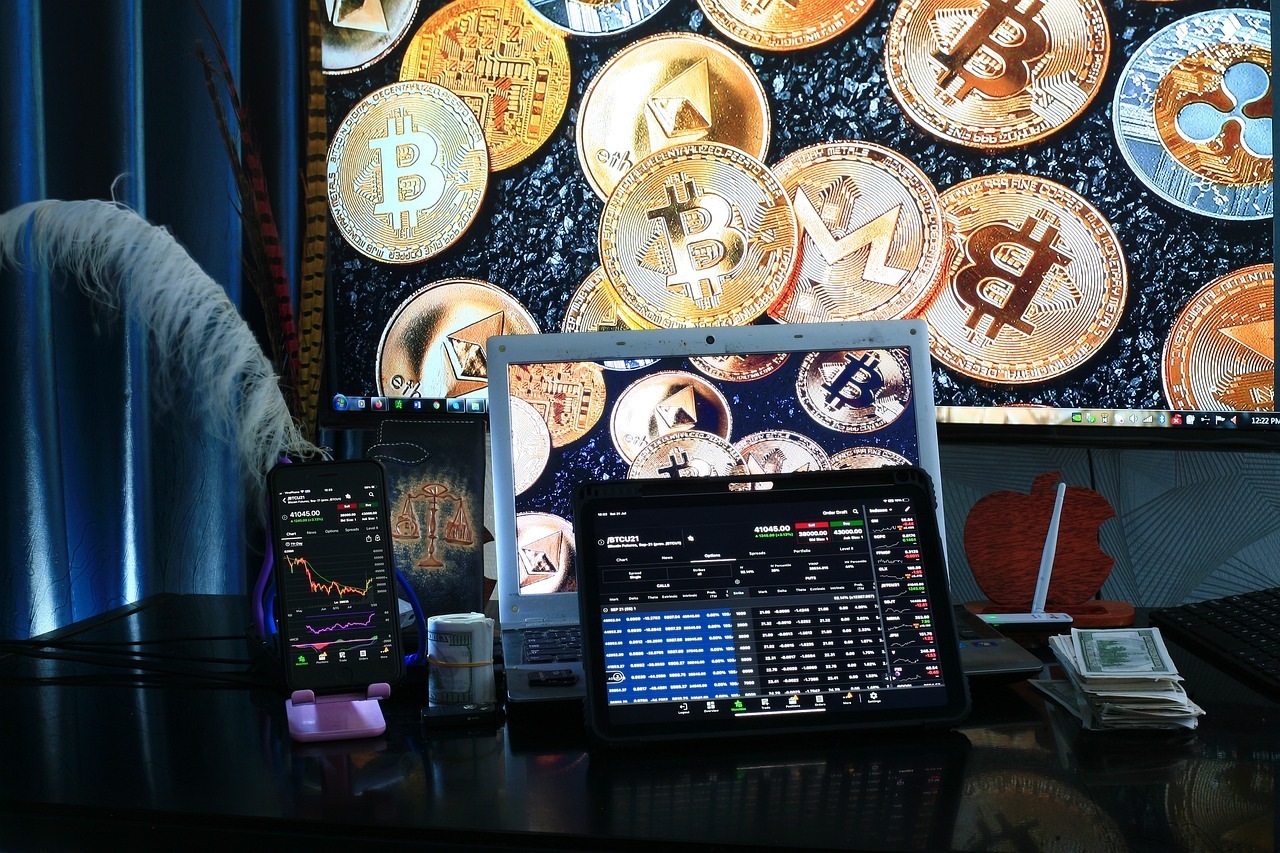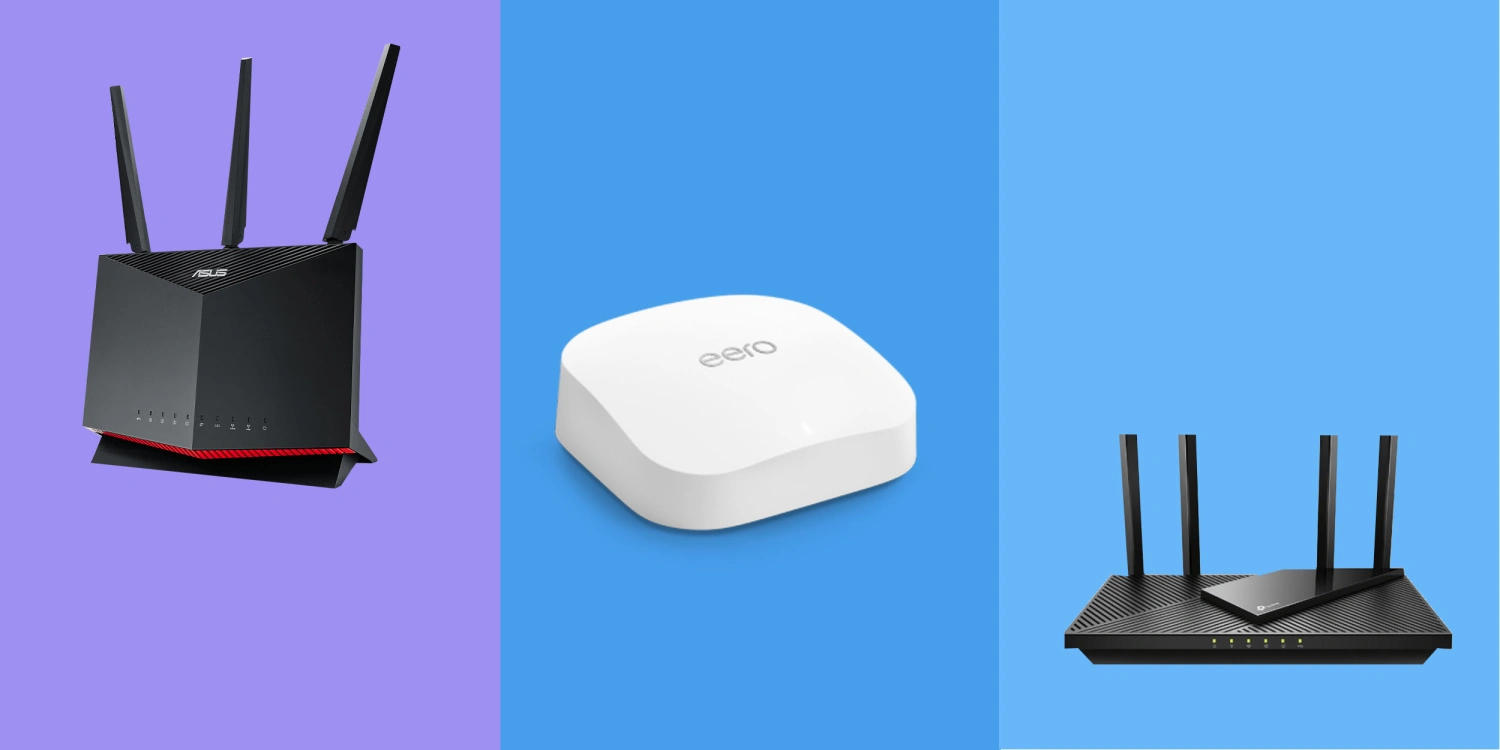
A Step-by-Step Guide!
Introduction
The world of cryptocurrency is vast and often seems complex, but buying your first Bitcoin is a straightforward process that anyone can undertake. As someone who has navigated the ups and downs of the crypto market for years, I’m here to guide you through the process. By the end of this guide, you’ll be ready to make your first Bitcoin purchase with confidence.
Understanding Bitcoin
What is Bitcoin?
Bitcoin is a digital currency created in 2009 by an anonymous figure known as Satoshi Nakamoto. Unlike traditional currencies, Bitcoin operates on a decentralized network using blockchain technology, which ensures transparency and security. It’s a form of peer-to-peer money that can be transferred anywhere in the world without the need for a central authority like a bank.
Why Buy Bitcoin?
Bitcoin offers several benefits. It’s seen as a potential hedge against inflation, a store of value similar to gold, and a medium for online transactions. Investing in Bitcoin can be an exciting opportunity, but it’s also important to understand the risks associated with its volatility.
Preparing to Buy Bitcoin
Research and Education
Before diving into the world of Bitcoin, take some time to understand the basics. There are many excellent resources available online. Websites like CoinDesk and books like “Mastering Bitcoin” by Andreas M. Antonopoulos are great starting points. Educating yourself will not only help you make informed decisions but also reduce the anxiety that comes with investing in something new.
Setting a Budget
It’s crucial to decide how much you’re willing to invest in Bitcoin. Start with an amount you can afford to lose, as the market can be unpredictable. A good rule of thumb is to only invest money that won’t impact your daily life or financial stability.
Setting Up a Bitcoin Wallet
Types of Wallets
There are several types of wallets where you can store your Bitcoin, each with its pros and cons:
- Hardware Wallets: These are physical devices that store your Bitcoin offline. They are very secure but can be pricey. Popular options include Ledger and Trezor.
- Software Wallets: These are apps you can install on your computer or smartphone. They are convenient but less secure than hardware wallets.
- Paper Wallets: These involve printing out your private keys and storing them physically. They offer security from online threats but can be lost or damaged easily.
Choosing the Right Wallet
When selecting a wallet, consider its security features, ease of use, and compatibility with various devices. I personally recommend starting with a reputable software wallet like Coinbase Wallet for its user-friendly interface and solid security features.
Setting Up Your Wallet
Setting up your wallet is usually straightforward. Download the wallet app, follow the setup instructions, and make sure to secure your wallet with a strong password. Additionally, enable two-factor authentication (2FA) to add an extra layer of security. Don’t forget to back up your wallet’s recovery phrase and store it in a safe place.
Choosing a Cryptocurrency Exchange
What is a Cryptocurrency Exchange?
A cryptocurrency exchange is a platform where you can buy, sell, and trade cryptocurrencies. It acts as a marketplace, connecting buyers with sellers.
Factors to Consider
When choosing an exchange, consider the following factors:
- Security: Look for exchanges with strong security measures, such as two-factor authentication and cold storage for funds.
- Fees: Be aware of transaction fees, which can vary widely between exchanges.
- User Interface: Choose an exchange that is easy to navigate and understand.
- Supported Currencies: Make sure the exchange supports Bitcoin and any other cryptocurrencies you’re interested in.
Top Exchange Recommendations
Some of the most popular exchanges include:
- Coinbase: Known for its user-friendly interface, making it a great choice for beginners.
- Binance: Offers a wide range of cryptocurrencies and advanced trading features.
- Kraken: Known for its robust security and wide range of supported coins.
Creating an Account
Creating an account is a simple process. Sign up on the exchange’s website, complete the identity verification process (which usually involves uploading a photo ID), and secure your account with a strong password and two-factor authentication.
Buying Your First Bitcoin
Depositing Funds
To buy Bitcoin, you need to deposit funds into your exchange account. Most exchanges support bank transfers, credit card payments, and other methods. Be mindful of the fees associated with each deposit method.
Placing an Order
There are two main types of orders you can place: market orders and limit orders.
- Market Orders: These are executed immediately at the current market price.
- Limit Orders: These allow you to set a specific price at which you want to buy Bitcoin. The order will only be executed if the price reaches your specified level.
For your first purchase, a market order might be the simplest option. Here’s a step-by-step guide:
- Log In: Access your exchange account.
- Deposit Funds: Add money to your account using your preferred method.
- Select Bitcoin: Navigate to the Bitcoin section of the exchange.
- Choose Buy: Select the amount of Bitcoin you want to buy.
- Confirm Order: Review the details and confirm your purchase.
Transferring Bitcoin to Your Wallet
Once you’ve bought Bitcoin, it’s a good idea to transfer it to your personal wallet for added security. Here’s how:
- Access Wallet Address: Get your Bitcoin wallet address from your wallet app.
- Initiate Transfer: Go to the withdrawal section of the exchange.
- Enter Address: Paste your wallet address and specify the amount to transfer.
- Confirm Transfer: Review and confirm the transaction.
Storing and Securing Your Bitcoin
Best Practices for Security
Security is paramount in the crypto world. Here are some best practices:
- Enable Two-Factor Authentication: Adds an extra layer of protection.
- Keep Private Keys Safe: Never share your private keys and store them securely.
- Regularly Update Security Measures: Stay updated on the latest security practices and regularly review your security settings.
Long-term Storage Tips
For long-term storage, consider using a hardware wallet. These devices are offline and immune to online hacking attempts. Regularly back up your wallet and ensure your recovery phrase is stored securely.
Understanding Bitcoin Transactions
How Bitcoin Transactions Work
Bitcoin transactions involve sending Bitcoin from one address to another. Each transaction is verified by miners and recorded on the blockchain, ensuring transparency and security.
Transaction Fees
Transaction fees are small amounts paid to miners for processing transactions. These fees can vary based on network congestion. Higher fees usually result in faster transaction processing.
Monitoring Transactions
You can monitor your transactions using blockchain explorers like Blockchair or Blockchain.info. These tools allow you to track the status of your transactions and view the details.
Staying Informed and Updated
Following Market Trends
Staying informed about market trends is crucial. Use resources like CoinMarketCap and CoinGecko to track Bitcoin prices and market movements. Subscribe to cryptocurrency news sites like CoinDesk for the latest updates.
Joining the Community
Engage with the Bitcoin community through forums like BitcoinTalk and social media platforms like Twitter and Reddit. Networking with other enthusiasts can provide valuable insights and support.
Continuous Learning
The cryptocurrency landscape is constantly evolving. Keep learning by reading books, attending webinars, and participating in online courses. The more you know, the better equipped you’ll be to navigate the world of Bitcoin.
Conclusion
Buying your first Bitcoin is an exciting milestone. By following this step-by-step guide, you’ll be well-prepared to make your first purchase and secure your investment. Remember, the key to success in the cryptocurrency world is continuous learning and staying informed. So, take the plunge, and welcome to the fascinating world of Bitcoin!
Additional Resources
Glossary of Terms
- Blockchain: A distributed ledger that records all transactions across a network.
- Cryptography: The practice of securing information through mathematical algorithms.
- Wallet: A digital or physical tool used to store and manage cryptocurrencies.
Recommended Tools and Platforms
- CoinMarketCap: For tracking cryptocurrency prices and market data.
- Coinbase Wallet: A user-friendly wallet for storing and managing cryptocurrencies.
- Ledger: A hardware wallet for secure cryptocurrency storage.
Helpful Articles
- “Mastering Bitcoin” by Andreas M. Antonopoulos
- “Cryptoassets: The Innovative Investor’s Guide to Bitcoin and Beyond” by Chris Burniske and Jack Tatar
By exploring these aspects of buying Bitcoin, you can gain a deeper understanding and make informed decisions in this dynamic and exciting field. Happy investing!







